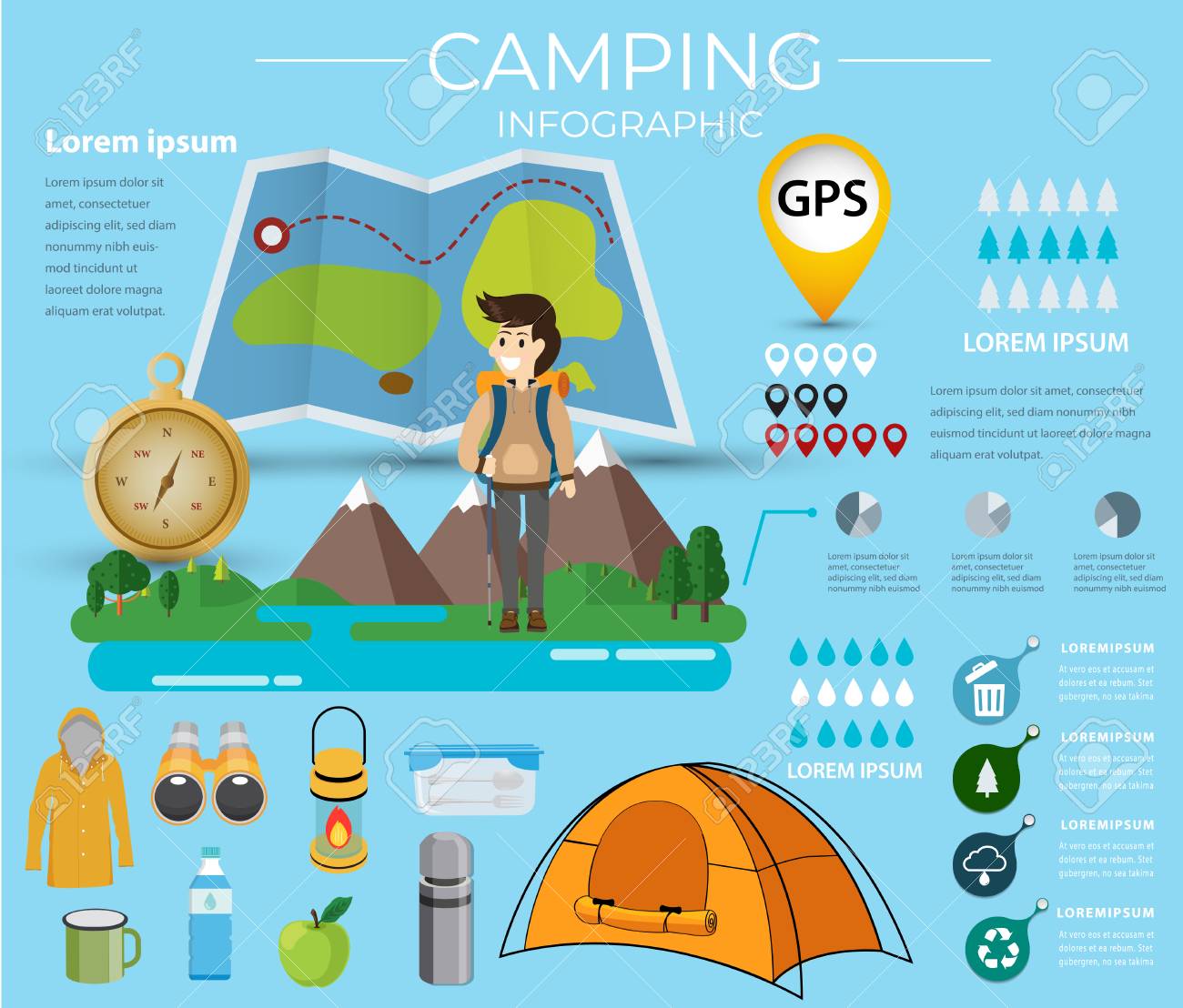Pursuing The Dream Marketing Your Company By Selling Camping Tents
Pursuing The Dream Marketing Your Company By Selling Camping Tents
Blog Article
Taking Photographs of the Night Sky
A variety of factors can affect evening skies digital photography. From climate condition to upcoming holy occasions, you'll wish to prepare ahead to ensure success.
Where can I go glamping in the US?
The shutter speed you select figures out whether celebrities appear as accurate pin-points or trail across the image. A good rule of thumb is to restrict the direct exposure to 500 secs, or the equivalent of your lens's focal length.
Location
Among the most crucial consider a great photo is where you take it. Aim for locations with minimal light pollution, and stay clear of areas that have intense city lights and skyscrapers.
Likewise, try to find a place that offers foreground components to develop structures with. For instance, dune patterns, wind-sculpted ridges and rocky outcrops can all provide fascinating foreground components to assist tell the tale of your evening skies photo.
It is also handy to study huge events such as meteor showers and lunar eclipses to make the most of possibilities for excellent photos. Making use of a device such as the Professional photographer's Ephemeris can be extremely useful when intending your shoots. It assists you to identify moon stages, Galaxy position and various other huge events. Additionally, consider capturing in RAW style rather than JPEG as this gives you extra versatility when processing the photos. This is particularly true if you intend to publish your pictures.
Camera Setups
Getting the right electronic camera setups is essential for any picture, however especially so for evening sky photos. A wide-angle lens is best for recording more of the Galaxy and minimizing star routes, in addition to a longer shutter rate to stop the activity of stars and reveal their information.
For a maximum degree of clarity, shoot in RAW style as opposed to JPEG, which enables you to preserve even more data and gives versatility during post-processing. This can additionally add to submit dimension, so ensure you have lots of storage area and added memory cards accessible.
Set your emphasis to hands-on focusing by turning the AF/MF switch on your lens right into MF mode. You might require to take a few examination shots and check the photo playback luxury camping on your video camera's LCD display until you attain ideal, determine hands-on emphasis. It's a great concept to do this during the day with your picked lens and the location you will certainly be shooting at evening, to verify the accuracy of your emphasis setting.
Lights
A good night sky photo needs the right problems. This includes a dark skies, yet likewise an intriguing foreground aspect such as a hill on the horizon, a lake to mirror the stars, or a human aspect like a barn or shed. You can even make use of a headlamp to light up the foreground and include some drama or deepness to your image.
One of the most important cam settings for night skies photography are the aperture and shutter rate. The wider the aperture, the a lot more light that gets to the sensor. This permits you to capture brilliant celebrities in a relatively brief amount of time.
The shutter rate determines whether your stars will certainly be pin-point perfect or if they will look like celebrity trails because of the Planet's turning. Be sure to take several long direct exposure shots and pile them in post-processing for the best outcomes. Last but not least, shoot in RAW mode to provide on your own maximum latitude in post-processing.
Structure
The secret to stunning celebrity shots isn't a high-end telescope, a brand-new wide-angle lens or a state-of-the-art Canon or Nikon video camera. It's method, preparation and make-up.
For starters, hunt your shoot location in advance to obtain a feel for the format and potential make-ups. Consider integrating foreground aspects such as rocks, a lake or alpenglow on the landscape to include character and rate of interest to your images.
Remember the Guideline of Thirds when composing your images. This straightforward principle assists equilibrium and unify pictures. It's additionally useful for focusing on points of interest in your image, such as rock attributes or the Milky Way. Also, remember to prepare your shoots around moon stages-- capturing at a full moon can overpower stars and produce a silhouetted form, while firing on evenings with a new moon can help you see constellations much more plainly.
What is a camping tent?
